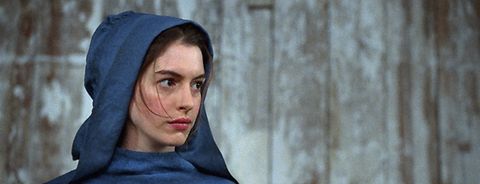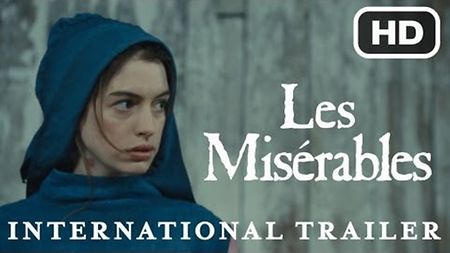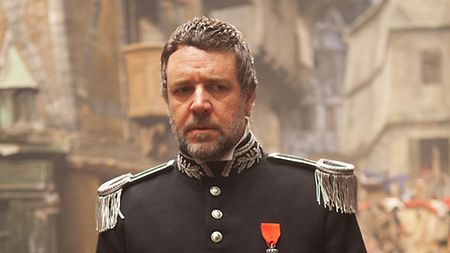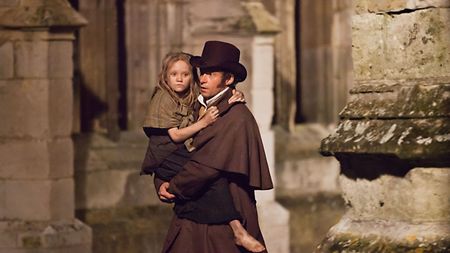Gaffer Paul McGeachan worked with director Tom Hooper and cinematographer Danny Cohen, BSC, on the major new movie adaptation of the stage musical "Les Misérables," itself based on Victor Hugo's classic novel. The three had worked together previously on the Academy Award-winning feature film "The King´s Speech" and the TV productions "Longford" and "John Adams.". Hooper made the decision to film all of the songs in "Les Misérables" live, rather than having the actors mime to a pre-recorded track. McGeachan recently spoke to ARRI about his work on the film, which made use of a lighting package supplied by ARRI Lighting Rental in London.

Lighting "Les Misérables"
Gaffer Paul McGeachan discusses the lighting approach on director Tom Hooper's bold adaptation of the musical "Les Misérables."



